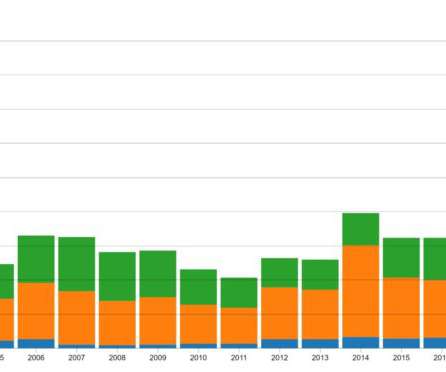How the CISO has adapted to protect the hybrid workforce
IT Security Guru
FEBRUARY 28, 2022
As CISOs embark on their transformational journeys, identifying these areas of weakness should be the top priority. This has led to CISOs shifting how they approach protecting the corporate perimeter with additional controls and monitoring tools being used to scan any access to the network. Cloud dominance .












Let's personalize your content